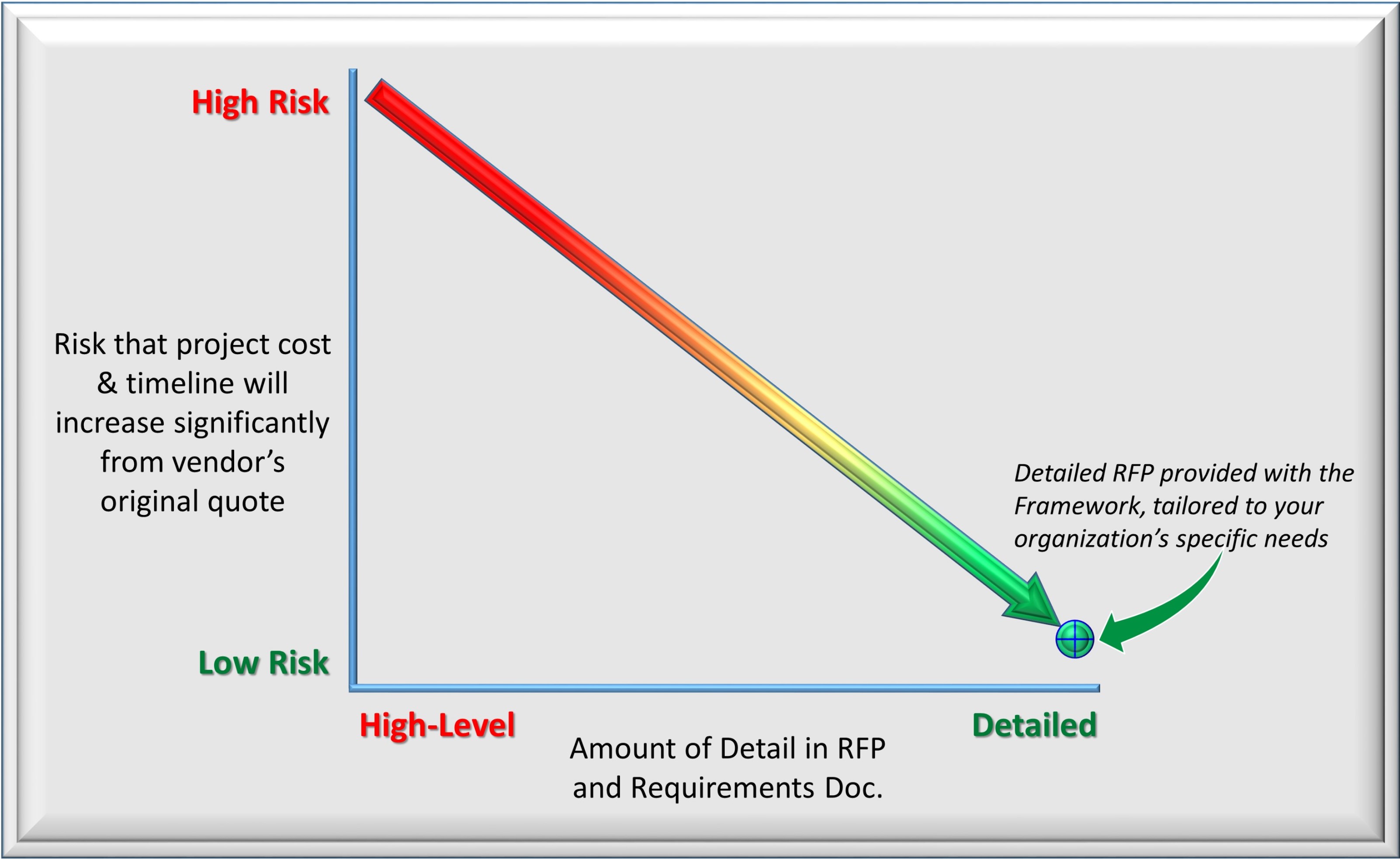Why are Failures so Common?
Scope Creep
The most common cause of budget overruns and missed schedules is scope creep. If new requirements are requested during the implementation (such as during acceptance testing or training), the vendor will be trying to hit a moving target. Imagine the extra costs and timeline delays that would result in building a house if you change the number of rooms after the foundation has been poured and the roof installed. Many associations find themselves in that exact situation when implementing a new AMS, LMS, or Website.
How to Avoid Scope Creep
Controlling scope creep is your responsibility, not the vendor’s. There are proactive steps you can take to minimize this problem. First, your application requirements should be clearly defined before the implementation project begins. Any deficiencies in the baseline software should be identified and their costs determined in a gap analysis attached to your contract. The requirements document should be detailed; if the requirements are too high level, you can expect scope creep to occur later in the project. There is a direct relationship between the amount of detail contained in your requirements document and the risk of scope creep during implementation.
In addition to documenting your detailed requirements up front, senior management should put a moratorium on new strategic requirements during implementation. The board should understand and support the reasons and timing for the moratorium. If scope creep does occur, a cost/benefit analysis should be done on every proposed customization (utilizing the ROI Analysis and Change Management tools in the Framework) so that each can be approved, rejected, or deferred based on its merits, not just because one staff member says “we need it.”
Contact us to learn more about the
IT Guidance Framework




